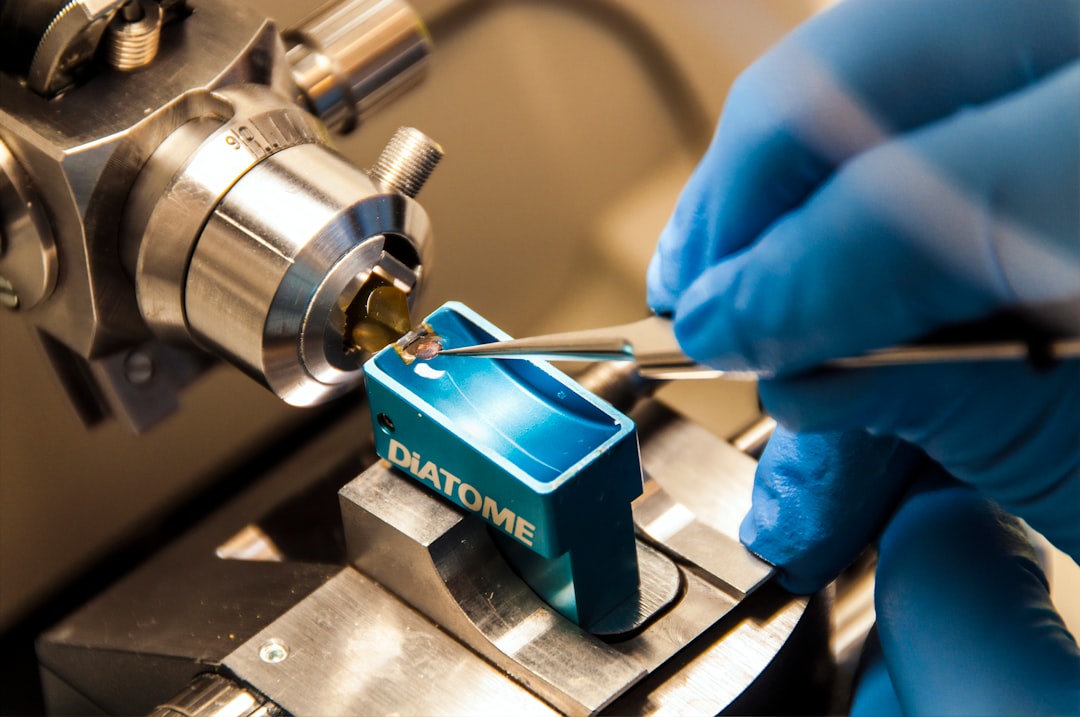What is it about?
Flight muscles of birds generate excess heat that must be dissipated to avoid hyperthermia. Dissipating heat is complex in birds because they are covered by feathers that insulate against heat loss. We used thermal imaging to study heat dissipation in flying hummingbirds, the only birds capable of sustained hovering. We found that most heat is dissipated through areas around the eye, armpit, and feet where feather density is low. This works well at low temperature, but would be less effective at high temperature. This could reduce flight activity (e.g. foraging) as ecosystem temperatures increase as a result of climate change.
Featured Image
Why is it important?
While small heat dissipation areas works well at low temperature, they could be less effective at high temperature, resulting in reduced flight activity (e.g. foraging) as ecosystem temperatures increase as a result of climate change. This could be particularly important for hummingbirds because they are key pollinators, and if climate change impedes their ability to forage the result could be a decline in plant reproduction and substantial changes in ecosystem structure.
Read the Original
This page is a summary of: Heat dissipation during hovering and forward flight in hummingbirds, Royal Society Open Science, December 2015, Royal Society Publishing,
DOI: 10.1098/rsos.150598.
You can read the full text:
Resources
Contributors
The following have contributed to this page










